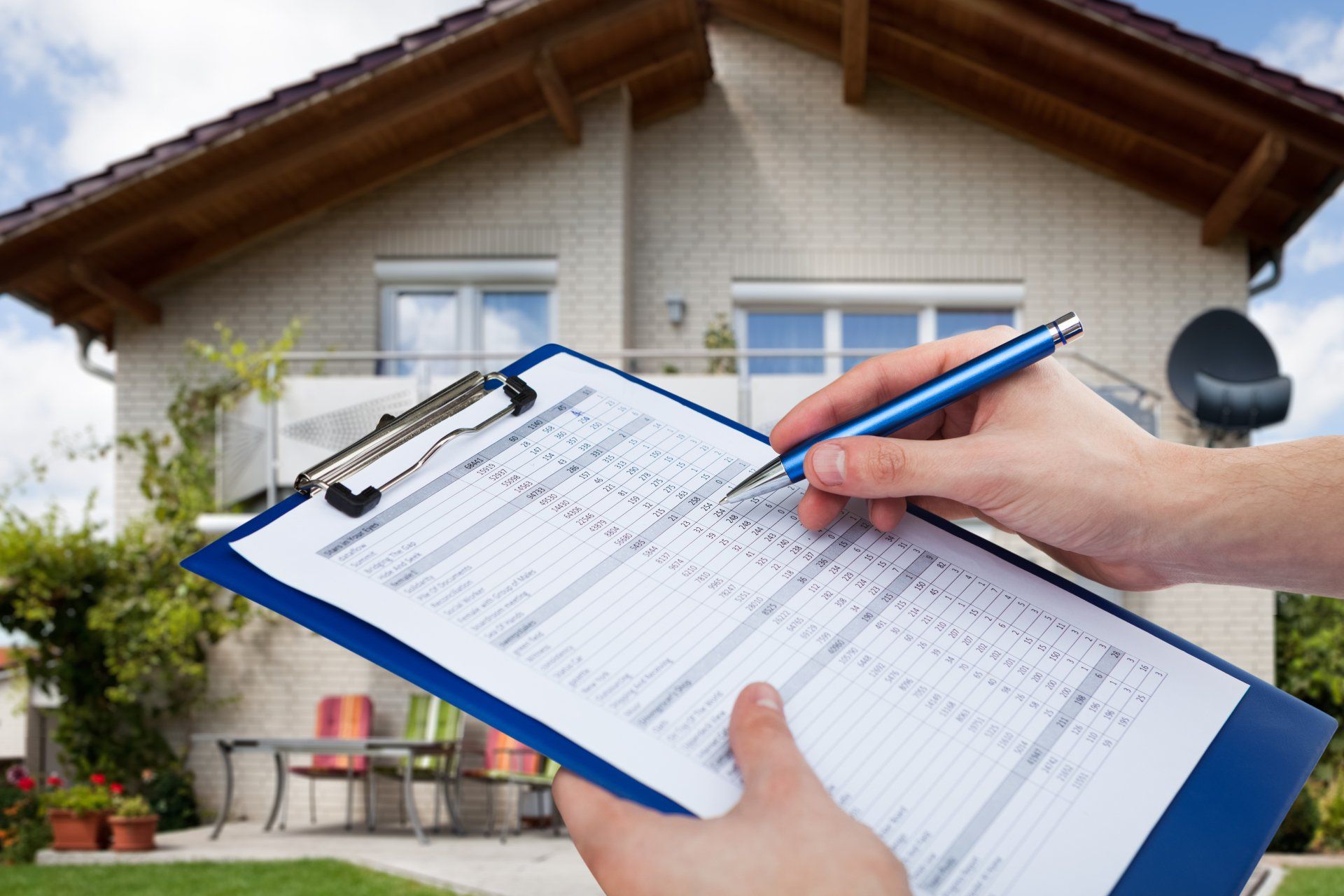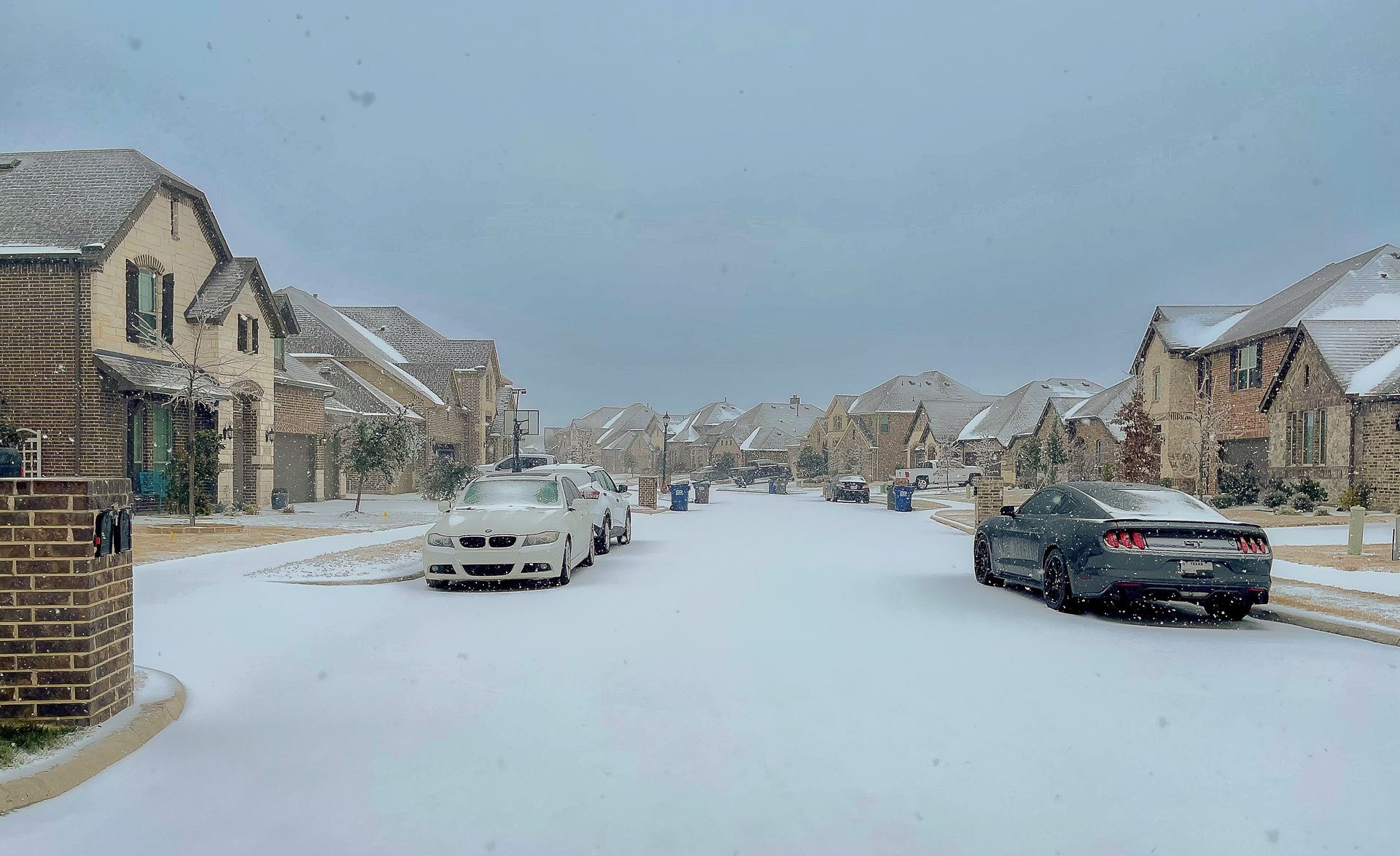What Does A Thorough Property Inspection Include?
Why You Need a Thorough, Independent Property Inspection
When tragedy strikes, causing damage to your home and property, the last thing you want to stress about is whether or not parts of your home are missed on the inspection. The purpose of the property inspection is to document areas that sustained damage due to wind, hail, water, or flying debris. This is a crucial part of the process as it may mean the difference in an area being covered by your homeowners insurance or having to repair it out of pocket after the claim is closed.
As homeowners, we understand how important it is to have confidence that your home is restored properly & thoroughly. When a homeowner files a claim with their homeowners insurance, it is common practice for an adjuster to complete an inspection. However, we highly recommend also getting an inspection done by an outside professional, a licensed & experienced contractor. This post covers every area that should be included in the property inspection when you call on a contractor or insurance adjuster after a severe storm.
Roof
It is no secret that the roof of any dwelling is the most obvious place to inspect for damage. Shingles are very important to the integrity of your roof. Damaged shingles should be replaced or tarped immediately, if significantly fractured. Aside from shingles, your roof has many parts to it that typically sustain damage in a serious storm, involving hail & high winds. A thorough & experienced inspector will check for damage on the flashing, soffit vents, attic vents & fans, fascia, chimney & chimney flashing, as well as skylights, if applicable.
While flashing seems like an insignificant part of your roof, its purpose is more than superficial. Flashing keeps water from creeping under the shingles and is typically used on parts of the roof & exterior walls that are prone to leaks and water damage, such as roof valleys, the perimeter around vents, where dormers meet the surface of the roof, as well as the perimeter of the chimney. Flashing is typically made from rust resistant metal, such as galvanized steel, copper or aluminum. Unfortunately, all of these materials do not hold up well when hit with large size hail, which is why this particular area of your roof should be thoroughly inspected.
Soffit vents, dormer vents, attic vents & attic fans are also typically made from the same galvanized metal as the flashing. These parts of your roof can easily be forgotten during an inspection. However, they most definitely should be included in the final report provided by your contractor or adjuster. In most cases, your insurance company will cover these items if they have visual signs of storm damage, and if their functionality could be compromised if not replaced. When reviewing your inspection report with a professional, ensure these items are included as they most likely will not be covered after the fact.
Chimneys are part of the roof, but they are typically constructed from brick or siding, which is susceptible to damage from large hail, high winds or flying debris, such as shingles. All parts of the chimney should be inspected & documented. This includes the flashing, the crown, and the chimney cap.
Skylights, if applicable, should be treated just like windows. If moisture is present in the panes, they should be documented on the inspection report & replaced. More obvious damages, such as cracks & holes from hail, are a no brainer.
Gutters are sometimes overlooked, as visible damage doesn’t seem to obviously affect their function. However, this is not the case. High winds can reposition gutters, making them unlevel, therefore hindering the proper diversion of water. If hail damage, along with wind damage, is substantial enough, seams can be compromised causing leaks. Downspouts should also be inspected to ensure their connection to the gutters has not been compromised. If you have a leaf guard installed on your gutters, that too should be included. In addition to compromised functionality, the visual appearance of damaged gutters & downspouts is reason enough to replace them. Curb appeal is a legitimate concern.
Exterior
If you have siding on your home, it is wise to have every inch inspected after a storm. Severe weather with high winds & hail can do some serious damage to vinyl siding. In a high wind storm, usually flying debris is the culprit, causing chips, cracks, and holes. Hail, if large enough, can cause dents, allowing moisture to seep in and setting up the homeowner for future mold concerns. Hail can also cause damage to windows, panes & seals. Broken seals are not always easy to spot, however, and if left unchecked will lead to bigger, more expensive issues down the road. If there is any evidence of broken seals around windows, this needs to be addressed immediately.
When a professional inspector, whether it be your insurance adjuster or a licensed contractor, performs a thorough walk through they should be inspecting your entire property. Your fence, AC unit, detached garage or shed, are all parts of your property that may be covered by your insurance. Taking pictures is always a good practice, and may determine the difference between something being replaced under your insurance claim or having to pay out of pocket. Always check your policy to be sure your contractor is not missing anything and that you are getting the full value out of your claim.
Schedule Your Thorough Inspection Today
VIP is ready to schedule your thorough roof inspection when you are! Reach out today to ensure your roof is ready for the upcoming rain & hot Texas weather. Get the peace of mind knowing you have chosen the most reliable company to protect your home for years to come.
We work alongside your insurance to ensure you are making the most of your claim. We mean it when we say we are with you from Claim 2 Close.








